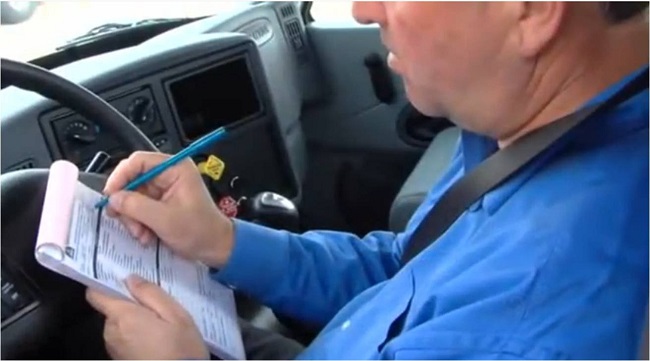Are you familiar with and know how to fill out pre-trip inspection forms? Do you know what their purpose is? Do you know who regulates them?
A. Is it your company or organization?
B. Is it the local law enforcement agencies?
C. Is it some state or federal regulatory agency?
Today’s article should be filled with some basic information, some of which you might be familiar with and some might be new for you. Either way I hope you will find something useful, perhaps even something worth sharing.
Source: youtube
Pre-trip inspections, everyone has heard about these. Most everyone has used them. Yes, you have! Even if you don’t work in a field that operates commercial, official, and/or company vehicles or other equipment, I am sure you are (or were) like most people.
You probably think that pre-trip inspections are only used by:
- Truck drivers and other commercial vehicle operators
- EMS, Fire, Police, and other emergency vehicle operators
- Military (Army, Navy, Air Force, Marines, etc.)
- Public Transit Operators (Bus, Rail, Ferry, Shipping, etc.)
However, that is not the case. As a matter of fact you have been conducting pre-trip inspections, or been part of them, your entire life. Whenever you leave the house what do you (and most people do)?







